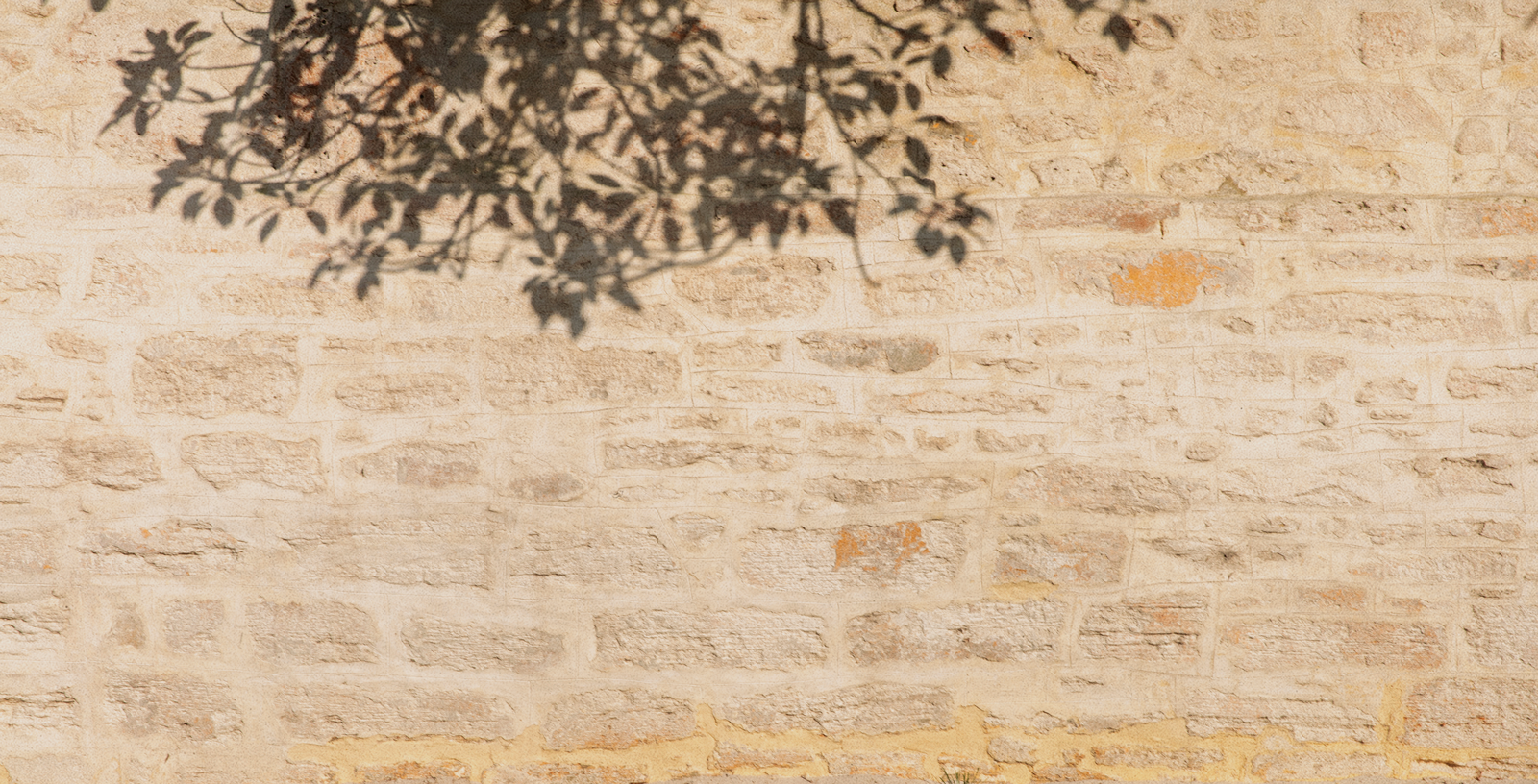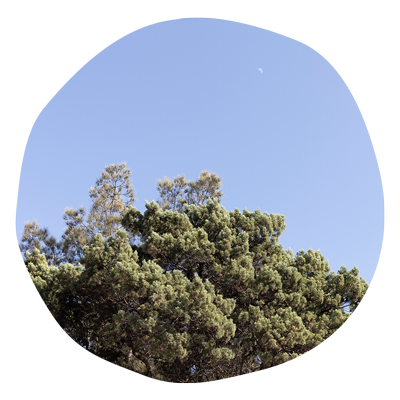
WADJEMUP
Rottnest Island
Wadjemup means the land across the sea where the spirits are. It is a name the island was given by the traditional owners, the Whadjuk Noongar people.
Yet, Wadjemup is commonly known as Rottnest Island, a colonial Dutch translation of ‘Rats’ Nest Island’. The famous quokka was the inspiration for name and remains the prevailing symbol of the island.
The colonial establishment and use of Rottnest Island holds great tragedy for Aboriginal people, who now seek to reclaim this part of its history and have it acknowledged and respected.
The Truth of Wadjemup
An intimate approach to revealing some of the traumatic events that have occurred on Wadjemup in recent history, heard through the voices of Noongar elders and members of the Rottnest Island Authority's Wadjemup Aboriginal Reference Group. The prison days, the burial ground and the Quod are all discussed. Archival images, landscape video and contemporary photography weaves together with their strong voices, the sounds of Wardong (crow), and the ocean.
Complex Histories
Whadjuk Nyoongar peoples’ connection to Wadjemup is undeniable. It is their Country.
In 1838 the colonial government established a prison on Wadjemup for Aboriginal people from all across Western Australia, who were forcibly removed from their own Country. The prison operated for nearly a century.
As a result of this, Aboriginal people have a complex and at times difficult connection to Wadjemup. Many people, Aboriginal and non-Aboriginal, believe it is a place of cultural genocide, the deliberate removal of leaders and warriors.
Rottnest Island Prison Establishment
For almost 100 years, Wadjemup was a prison for Aboriginal people from all across Western Australia. The island received its first six prisoners in 1838, and except for a brief closure between 1849 to 1855, the island functioned as a prison until 1931. Between 1903 and 1931 Wadjemup also operated as an extension of the dreaded Fremantle Prison.
Aboriginal men and boys photographed outside the Wadjemup prison, the Quod c.1885. State Library of Western Australia, 5993P.
It is estimated that around 4,000 Aboriginal men and boys from all over WA were incarcerated on the island. Many were transported in chains over long distances in the heat of northern summers and across the cold and windy oceans.
The prison itself was cramped and cold, with up to five prisoners in a two metre by three metre cell. This meant each man would have a sleeping width of less than 60 centimetres.
“I sleep in a cell with three others. It is cold in winter. I have not enough clothes. At night it is very cold. My blanket is old and thin.”
— Yathee Charley, from lower Gascoyne region, 1884
An undated photograph showing the cell door from inside the Quod. Courtesy of Rottnest Island Museum, 2013.207.




